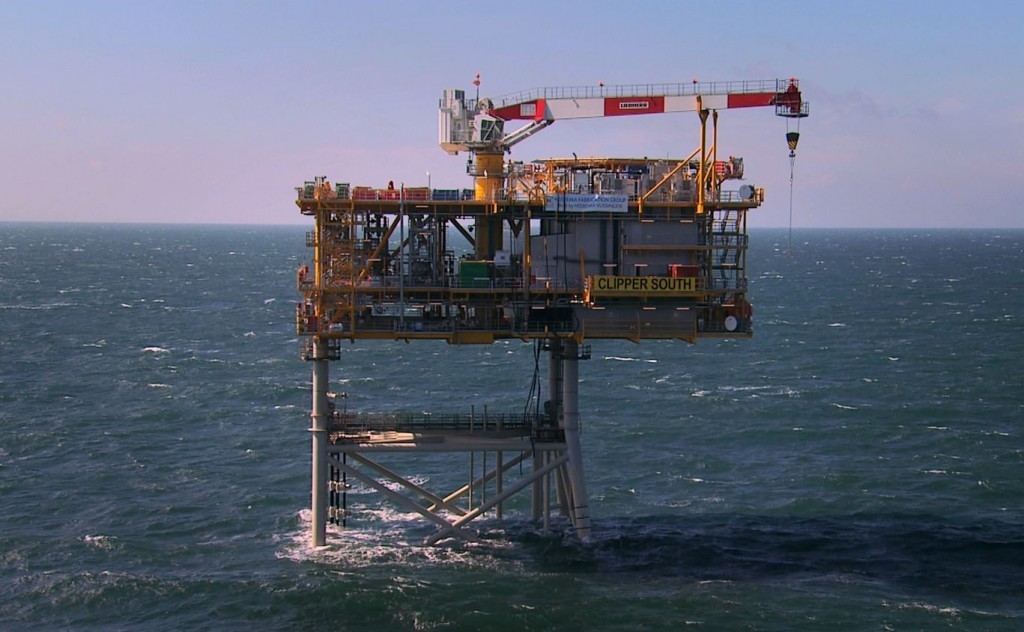
A North Sea helicopter carrying eight gas platform workers descended to within 50ft of the water after the pilots mistakenly thought the aircraft was not performing correctly, an air accident report has said.
The pilots’ incorrect assumption was due to a “combination of technical and organisational factors which led them to depart from normal operating parameters”, the report said.
The two-man crew “clearly believed that the autopilot was not functioning correctly both during and after the event” added the report from the Air Accidents Investigation Branch (AAIB).
The captain’s decision to select an exaggerated nose-down attitude just after the Eurocopter EC155B1 aircraft had taken off from the Clipper gas production platform in the southern North Sea was “made out of concern for the helicopter’s apparently poor performance”, the report said.
This arose “because of the weighing and fuel gauging errors which had existed undetected for some time”, the AAIB added.
The high rate of descent, in which airspeed reduced below 20 knots (about 23mph) was arrested about 50ft above the sea surface and the captain climbed to normal cruise height, with the helicopter landing safely at Norwich airport.
Described by the AAIB as a “serious incident”, the events happened on the evening of November 6 last year – just a few weeks after four people had been killed in a North Sea Super Puma helicopter accident.
The report said the direct effect of the weighing and fuel gauging errors was “to cause the flight crew to believe that the helicopter was underperforming and therefore was a major influence on the commander’s subsequent actions”.
The AAIB said that a number of safety actions had been taken following the incident.
The report is published in the same week that a report from the House of Commons Transport Committee called for a “full, independent public inquiry” into offshore helicopter safety amid fears that “a creeping complacency” was affecting safety standards.